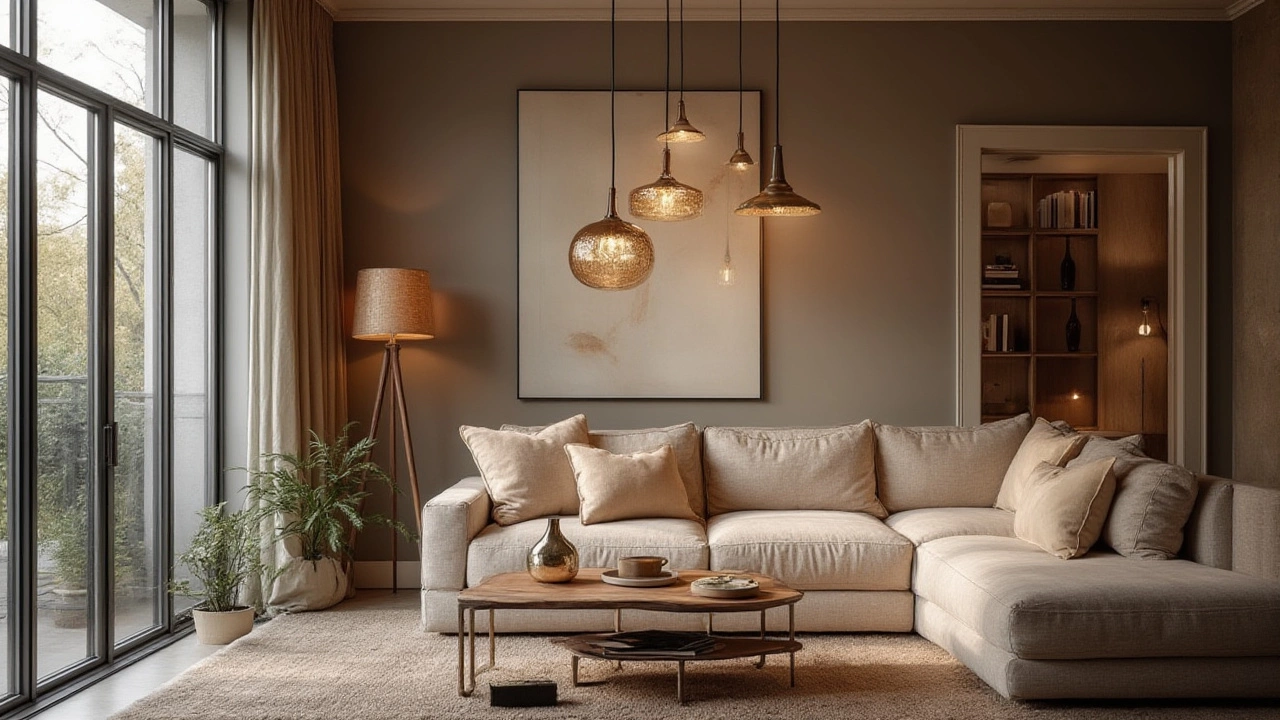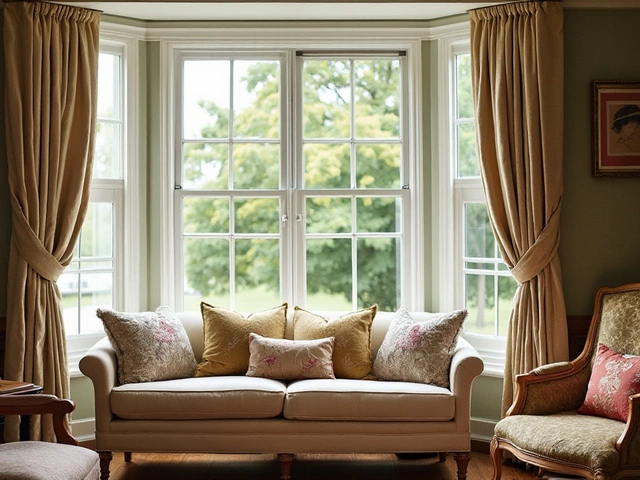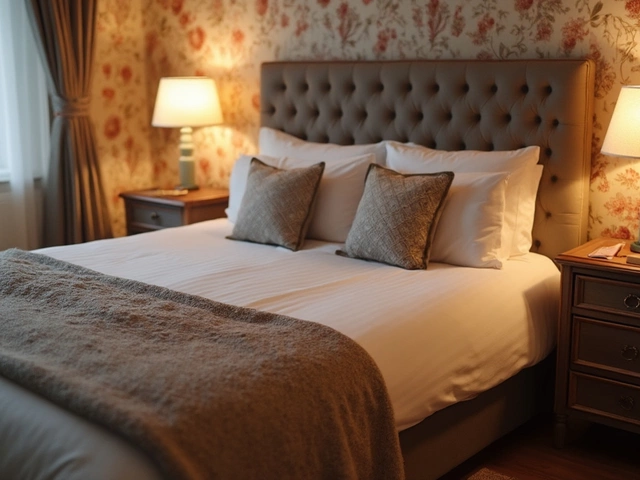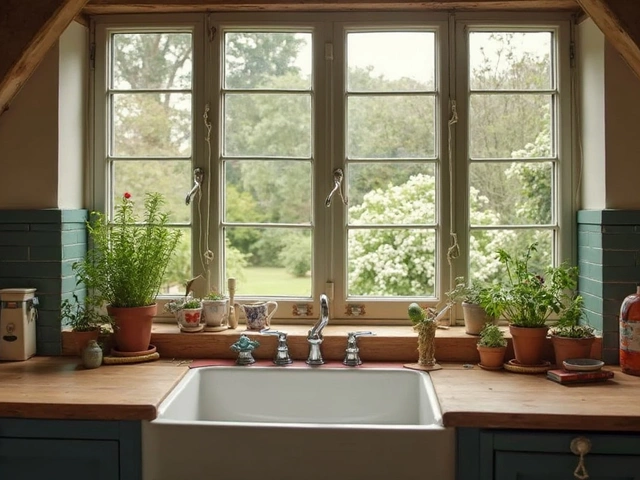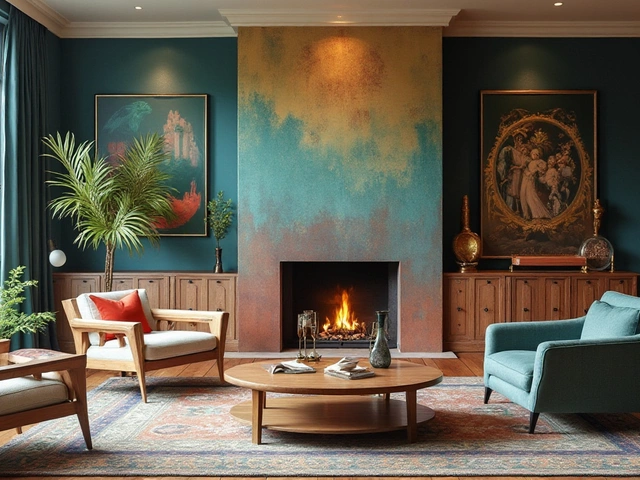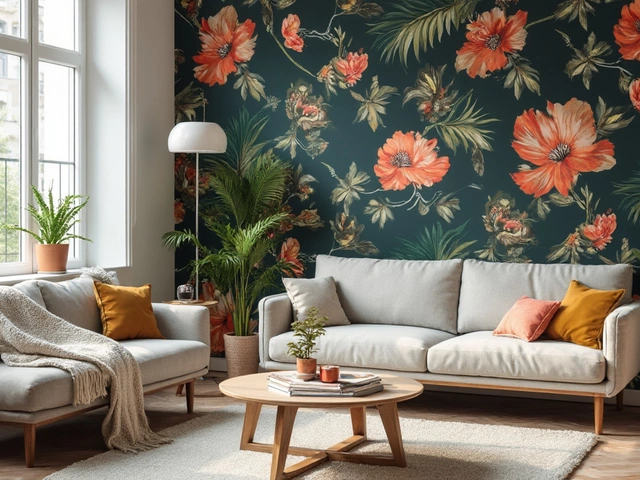Light Fixtures: How to Choose the Perfect Ones for Every Room
Light fixtures do more than just brighten a room – they set mood, highlight décor, and can even make a small space feel larger. If you’ve ever stared at a ceiling and wondered why a space feels flat, the answer is often the lighting. Below you’ll find simple, down‑to‑earth advice that helps you pick fixtures that match your style, your budget, and the function of each room.
Types of Light Fixtures to Know
First, get familiar with the basics. Ceiling lights (like flush‑mounts or semi‑flush mounts) are great for general illumination in bedrooms and hallways. Pendants work well over kitchen islands or dining tables – they add visual interest and direct light right where you need it. Wall sconces save floor space and create cozy side lighting for living rooms or bathrooms. Recessed lights give a clean, modern look and are perfect for high ceilings. Finally, track lighting lets you spotlight art pieces or accent walls without installing multiple fixtures.
Each type serves a purpose. For example, pendant lights are featured in the post “Mixing Light and Dark Dining Room Furniture” because they draw the eye up and balance contrasting furniture tones. Wall sconces appear in bathroom design guides, adding soft glow without taking up counter space. Knowing which fixture fits which need saves you time and prevents costly re‑placements.
Tips for Picking the Perfect Fixture
1. Measure first. Before you fall in love with a chandelier, check the ceiling height and the width of the area. A rule of thumb: leave at least 7‑8 inches between the fixture and the ceiling, and keep the diameter at least half the width of the table or space it will sit over.
2. Match the room’s vibe. Modern living rooms like the "Modern Living Room Style" article favor sleek, metal finishes and minimalist shapes. A farmhouse kitchen, on the other hand, pairs nicely with bronze pendant lights and a warm glow.
3. Consider bulb type. LED bulbs are energy‑efficient and come in a range of colour temperatures. Use warm‑white (2700‑3000K) for cozy bedrooms and cooler daylight (4000‑5000K) for task areas like home offices or craft rooms.
4. Layer your lighting. Combine ambient lighting (ceiling or recessed), task lighting (under‑cabinet or desk lamps), and accent lighting (wall sconces or picture lights). Layering adds depth and prevents harsh shadows.
5. Stay within budget. You don’t need a designer‑price fixture to get a big impact. Shop outlet sections, look for sales on brass or matte black finishes, and consider swapping out the shade for a fresh look.
When you’re ready to shop, think about where the fixture will live. In a bathroom, choose moisture‑resistant sconce designs as highlighted in the "Best Bathroom Wall Art Ideas" guide – they’ll hold up against steam. For a dining area, the "Mixing Light and Dark Dining Room Furniture" post suggests mixed‑metal pendants to tie together light wood tables and darker chairs.
Lastly, don’t forget to test. Turn the fixture on at home if possible, or ask the retailer for a sample bulb. Seeing the light in the actual space helps you decide if it’s too bright, too dim, or just right.
With these basics in your toolbox, you can walk into any room and instantly see how the right light fixture will transform it. Whether you’re after a modern edge, a cozy nook, or a functional workspace, the perfect lighting is within reach – just follow the steps, stay true to your style, and enjoy the glow.

